11 Foods From France The US Will Never Approve Of
11 Foods From France The US Will Never Approve Of
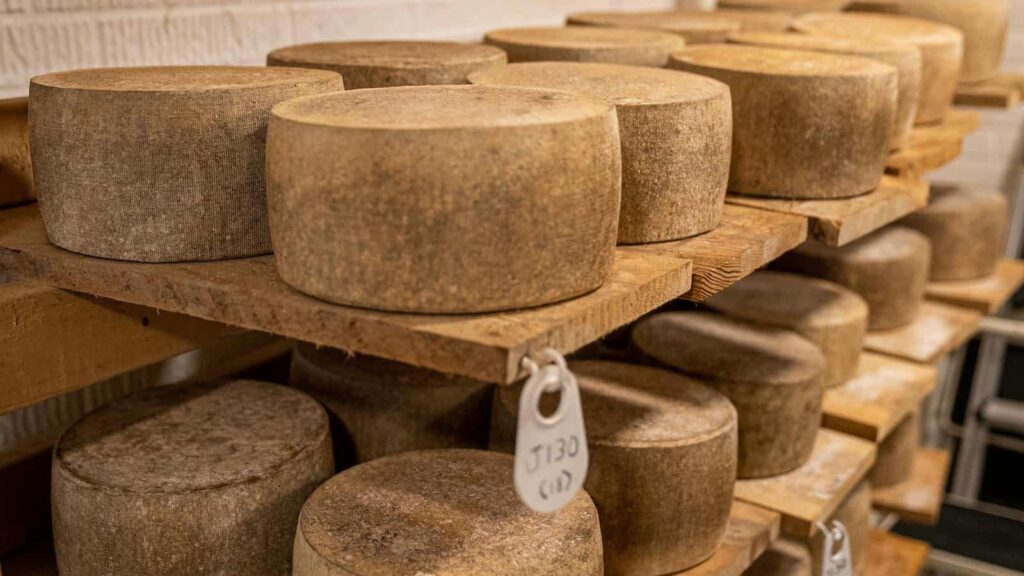
Food is a big part of what makes cultures unique, and France is famous for its delicious and sometimes unusual dishes. However, not all French foods fit in with what’s usually eaten or allowed in the United States. Different rules, tastes, and traditions mean that some foods beloved in France might never make it to American tables. From cheese with live worms to horse meat, we’re exploring 11 French foods that you probably won’t find in the US, each with its own story and reasons for being so distinct.
1. Pork and Beef Tongue
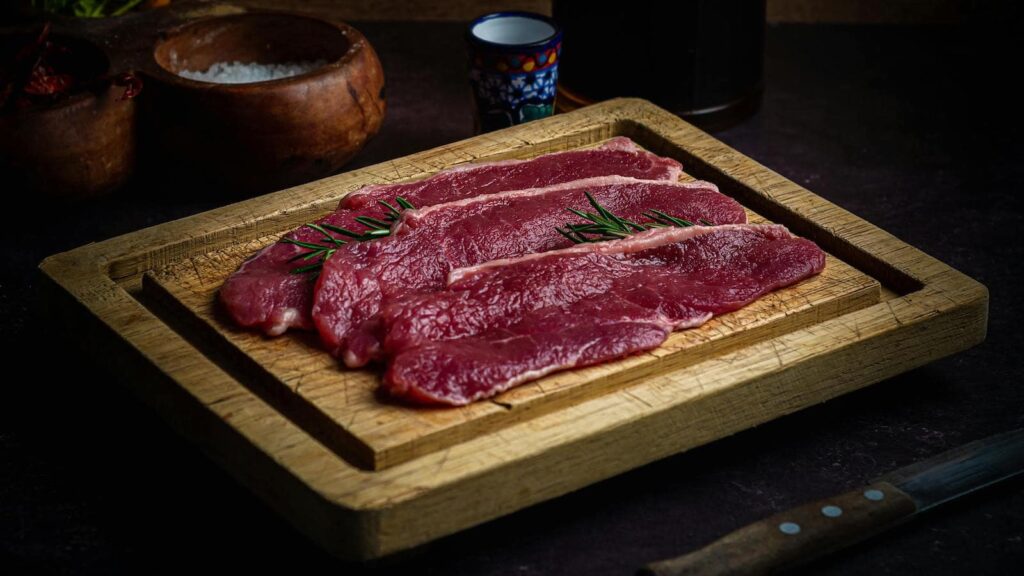
Pork and beef tongue are delicacies in France, enjoyed for their rich texture and flavor. In the US, however, the consumption of these meats is less common and might not be widely accepted. Although not banned, tongue is rarely featured in American cuisine due to differing culinary preferences and a general reluctance towards organ meats.
2. Escargots
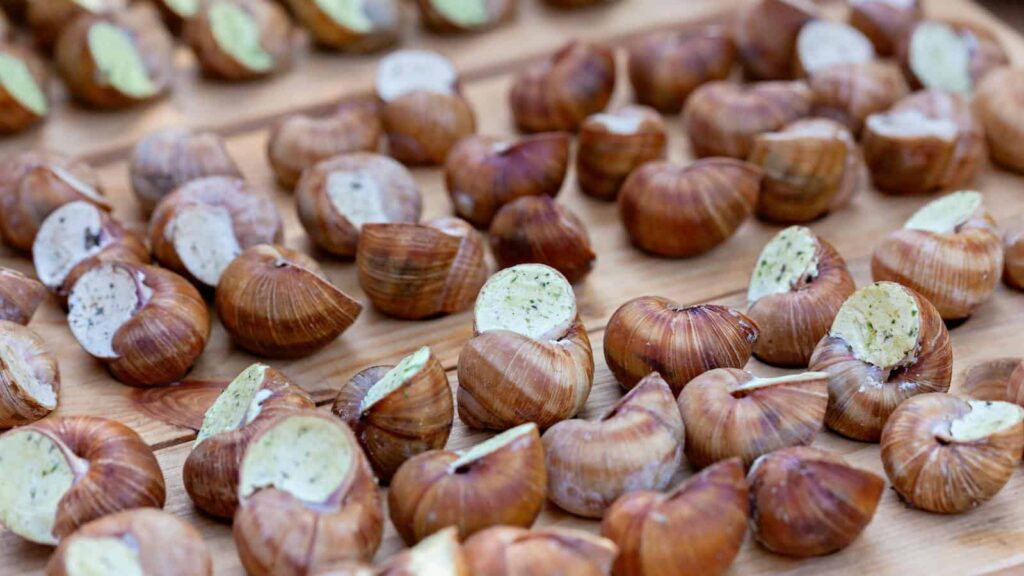
Escargots, or snails, are a classic French delicacy, often prepared with garlic, butter, and herbs. While not illegal in the US, escargots haven’t gained widespread acceptance due to cultural differences. Americans may be hesitant to try these mollusks because of their texture and the idea of eating snails, making them a less common feature on US menus.
3. Really Old Cheese
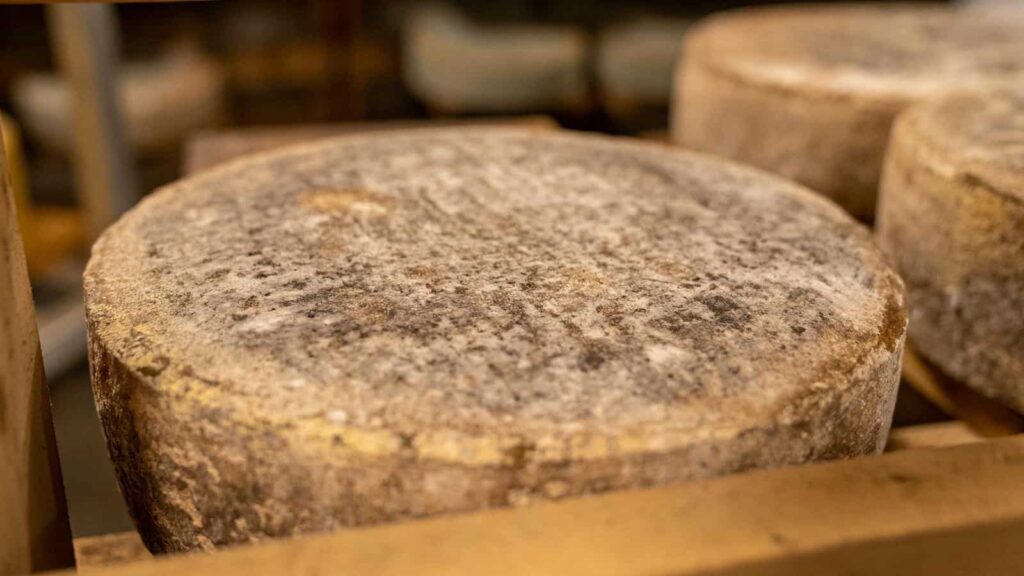
Casu Marzu, a cheese found in Corsica, is notorious for being aged with live insect larvae. This cheese is banned in the US for health reasons. The idea of eating cheese containing live worms is off-putting to many and raises significant food safety concerns, making it unlikely ever to gain approval.
4. Blue Cheese

Blue cheese, while popular in both France and the US, can be controversial. In France, varieties made with unpasteurized milk offer stronger flavors and textures. However, in the US, strict regulations around raw milk products limit the availability of these traditional versions, making them less common.
5. Tripes

Tripe, the stomach lining of cows or other animals, is enjoyed in various French dishes but is much less common in the US. American consumers generally shy away from organ meats, viewing them as less desirable or palatable, which limits the popularity of tripe-based dishes.
6. Foie Gras

Foie gras, made from the liver of ducks or geese that have been specially fattened, faces bans in several US cities and states due to animal welfare concerns. Despite its luxury status in France, the ethical issues surrounding its production make it a contentious food in the US, with ongoing debates about its legality and morality.
7. Horse Meat

Eating horse meat is a taboo in the US, and the lack of USDA inspection effectively bans its sale for human consumption. In contrast, horse meat can be found in French cuisine, where it is consumed for its lean, unique flavor. The cultural opposition in the US makes it unlikely that horse meat will ever be widely accepted.
8. Tête de Veau

Tête de Veau, or calf’s head, is a traditional French dish that is unlikely to find favor in the US. American culinary preferences and regulations concerning the preparation and sale of animal heads make it a rare find. The dish’s visual presentation and unfamiliarity to most Americans contribute to its lack of popularity.
9. Andouillette Sausage

Andouillette sausage, made from the intestines and stomach of pigs, is known for its strong flavor and aroma. While it is a cherished item in French cuisine, its distinct taste and smell make it less appealing to American palates. Additionally, US food safety standards may pose challenges for its widespread adoption.
10. Boudin Noir
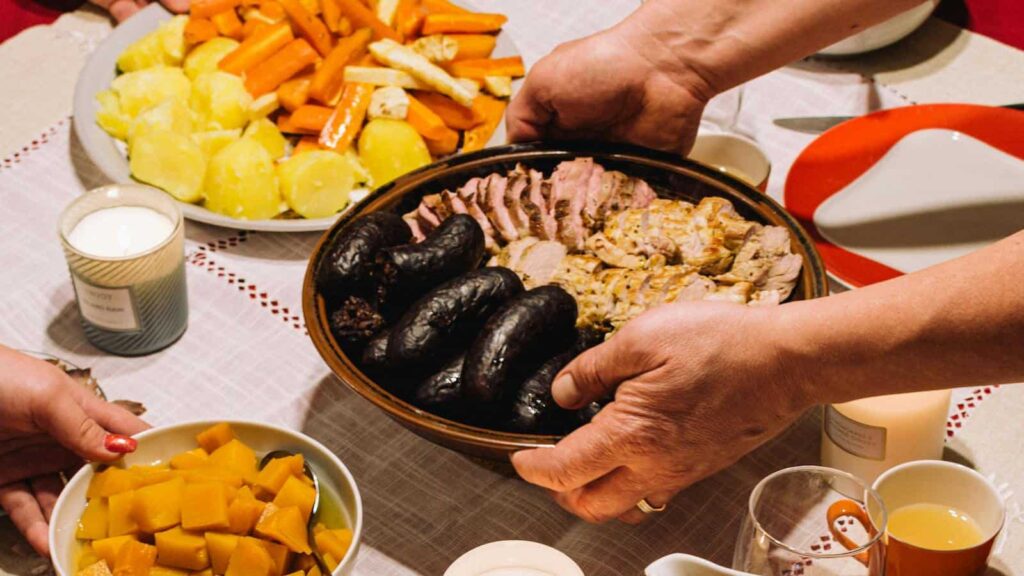
Boudin Noir, a type of blood sausage, is not illegal in the US but is rare outside specific communities, like those in Wisconsin with Belgian heritage. The American reluctance towards blood-based products and organ meats means it’s seldom found in mainstream cuisine, despite its presence in French cooking.
11. Raw Milk Cheeses That Have Less Than 60 Days of Age

Introduced in 1949 to protect public health, US regulations require that all cheeses made with unpasteurized milk be aged for at least 60 days. This rule limits the availability of young, raw milk cheeses common in France. The regulation aims to prevent foodborne illnesses, making it unlikely for the US to approve of these cheeses without significant changes to food safety standards.
14 European Things Americans Don’t Understand

Read More: 14 European Things Americans Don’t Understand
What France Is Famous For

Read More: What France Is Famous For
We are Mary and Eric, the founders of Be Right Back, a blog dedicated to romance around the globe and at home.
We are Mary and Eric, the founders of Be Right Back, a blog dedicated to romance around the globe and at home. With over 10 years of experience in dating and traveling to romantic places, we share our favorite date ideas and romantic destinations to help couples level up their relationships. Having lived in and traveled through the USA, we also share our favourite things to do in the States.
With 70,000 monthly readers and 16,000 followers on social media, Be Right Back is your go-to resource for romantic trip ideas and couple activities at home and abroad.
